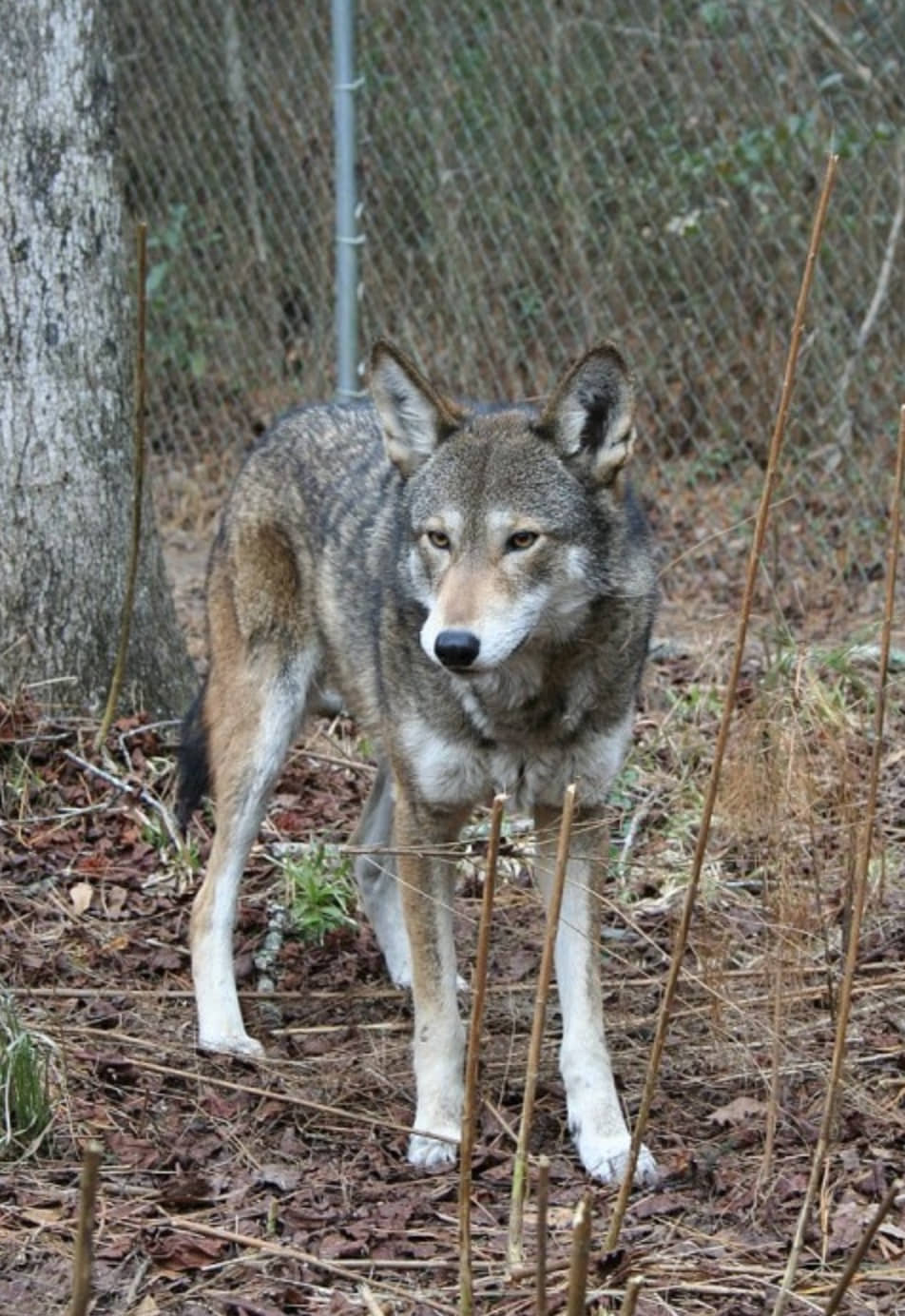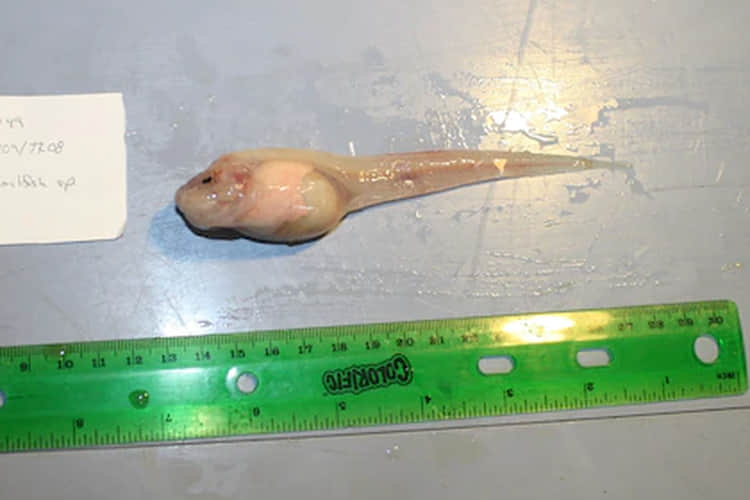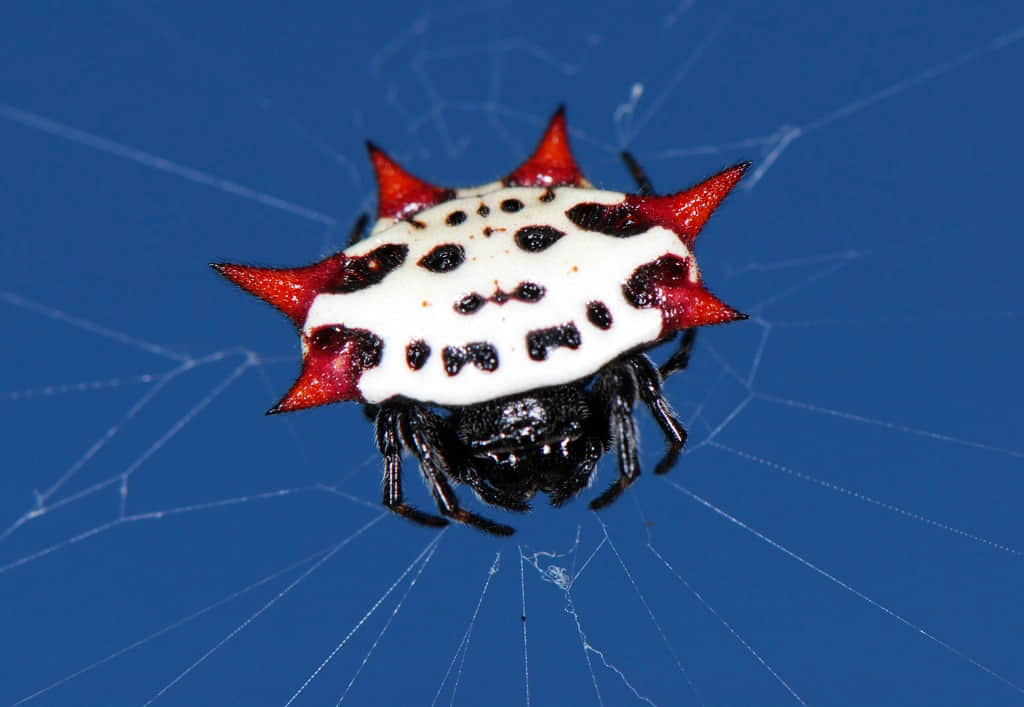The striking rufous-coated red wolf is one of the most endangered mammal species on the planet, with only about 20 remaining in the wild. These elusive carnivores once roamed throughout the southeastern United States but now verge dangerously close to extinction.
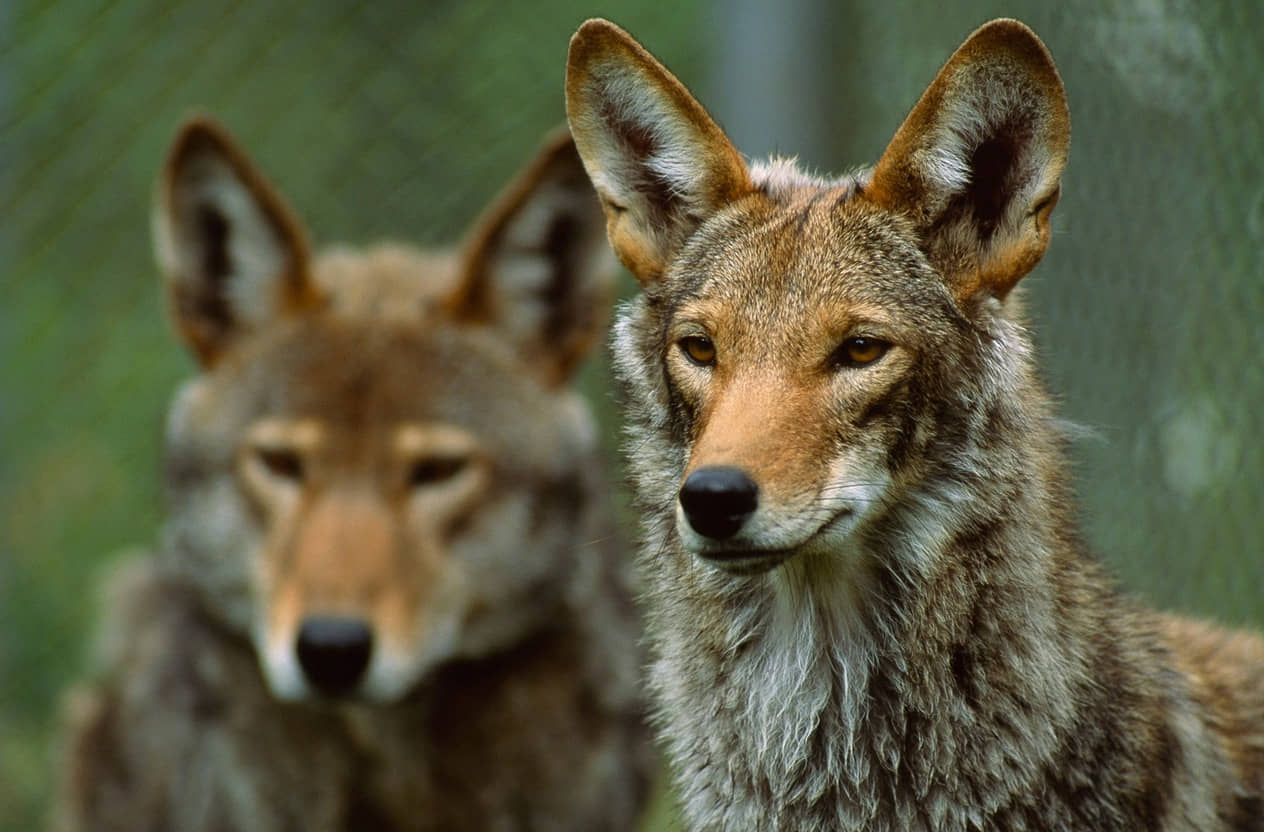
Red wolves are smaller than their gray wolf cousins but larger than coyotes. Adults weigh 45-80 pounds and measure about 4 feet long from nose to tail tip. Their fur is typically a mix of cinnamon, brown, and black colors with white accents around the eyes and muzzle. Large, pointed ears and long legs suited for hunting small prey complete their distinctive appearance.
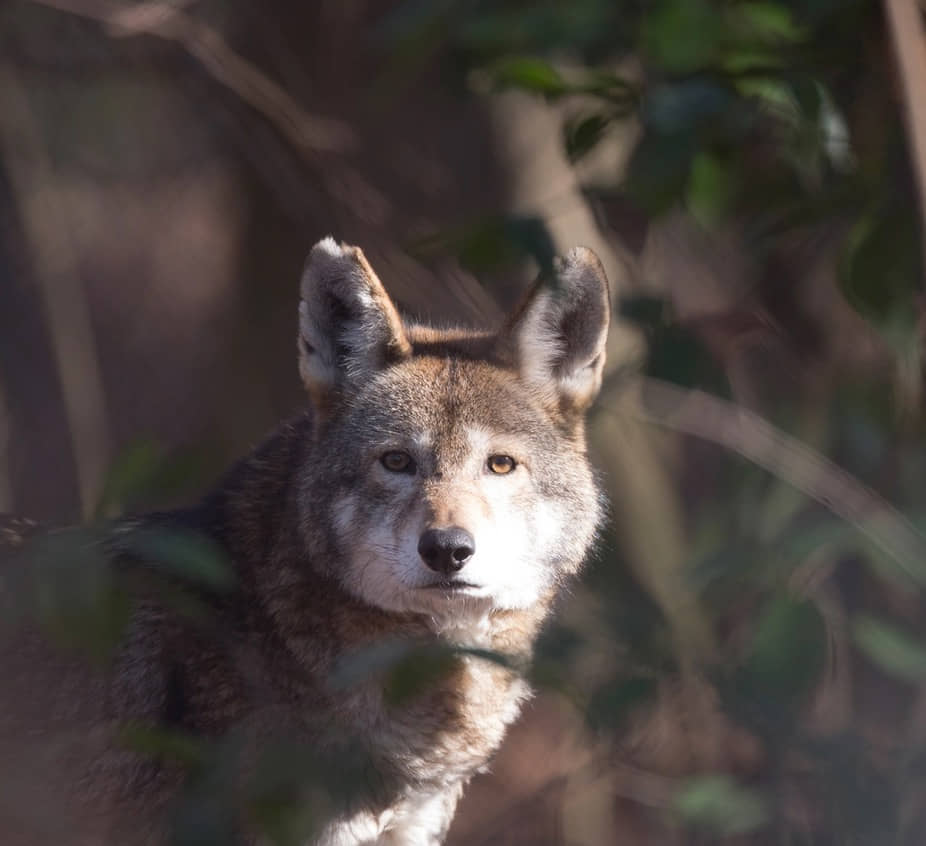
These highly social animals live in family packs of 2-12 members that cooperate to hunt, raise pups, and defend territory. Red wolves prey on small mammals like rabbits, rodents, and deer. Their wide jaws deliver lethal bites to the throat or snouts of targeted prey.
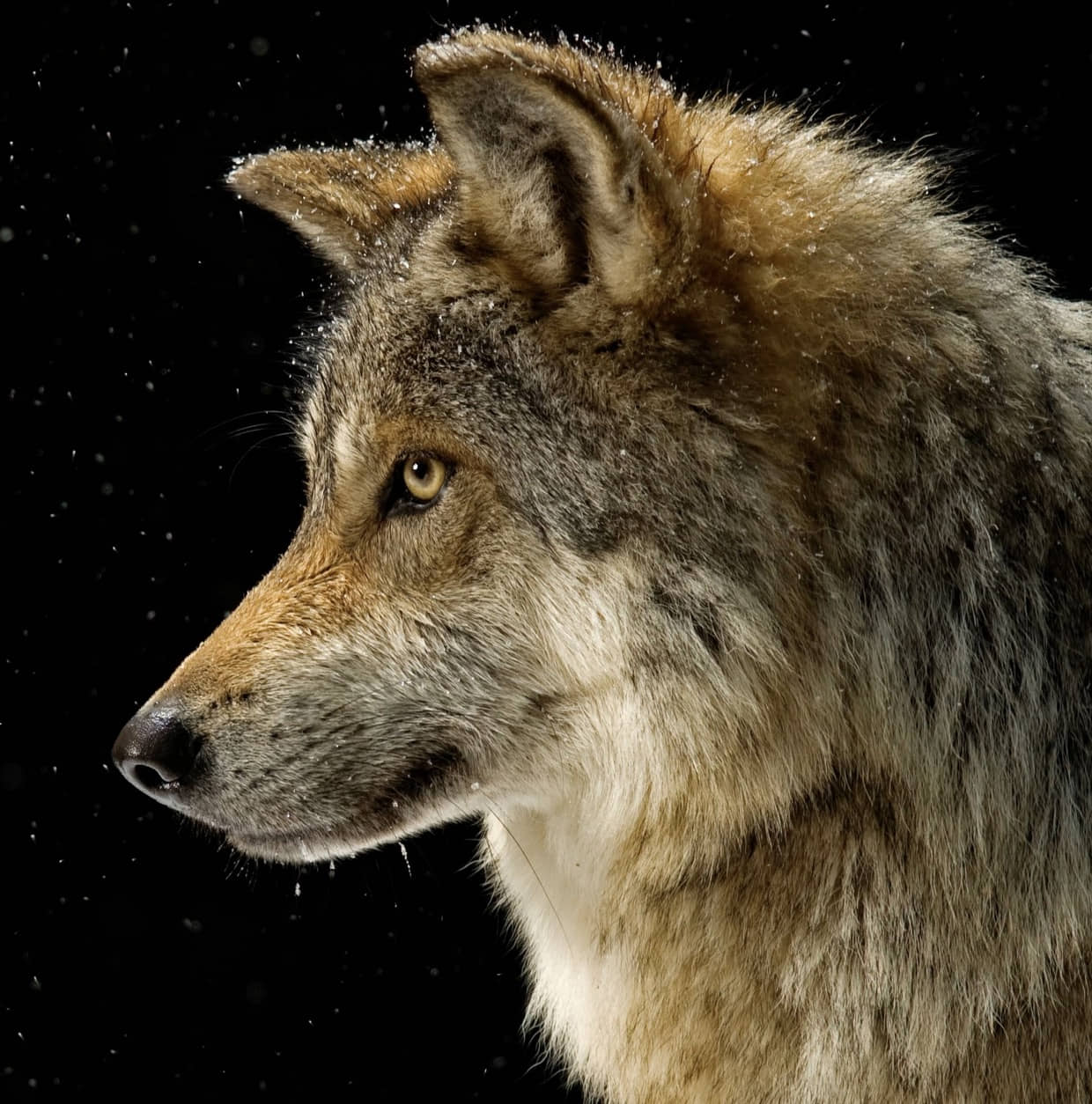
Once common, red wolf populations plummeted due to hunting and loss of habitat. By 1980, they were declared extinct in the wild. But thanks to captive breeding programs, red wolves were successfully reintroduced to protected North Carolina habitats. However, only about 240 exist across the globe, including just 20 breeding pairs left in the wild.
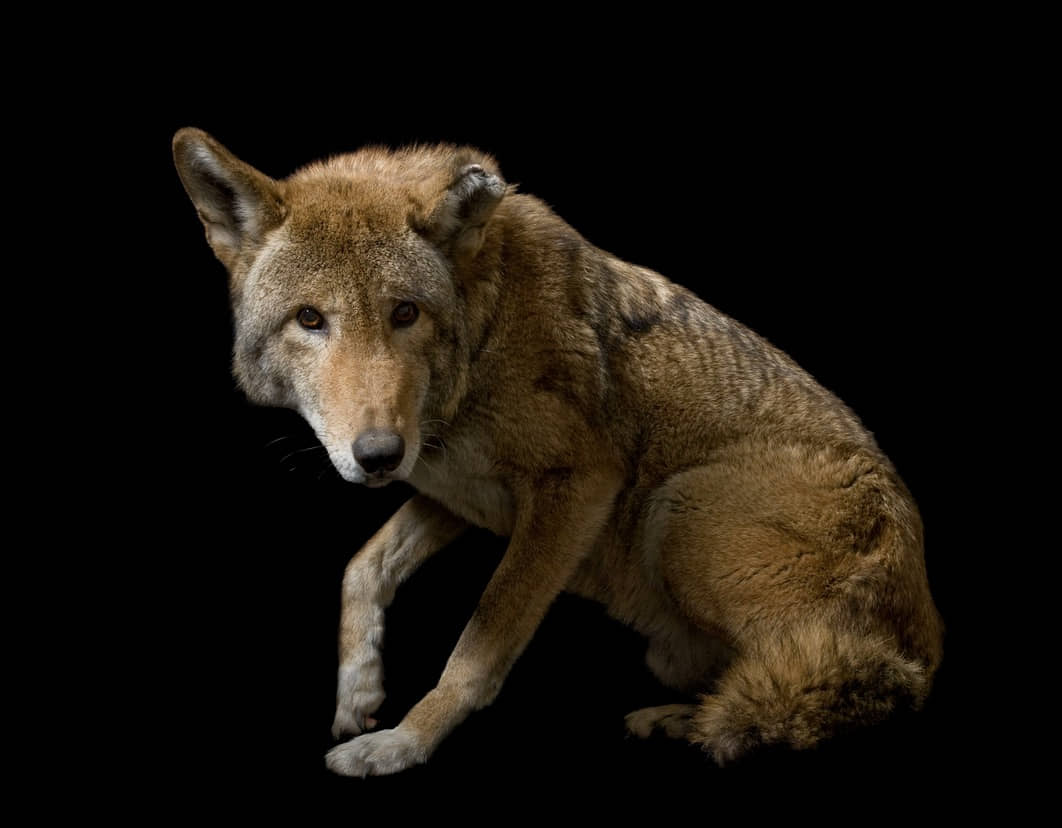
Conservation efforts like breeding programs, anti-coyote initiatives, and land protections seek to revive red wolf numbers. But they continue to face threats from hunting, habitat loss, and hybridization with coyotes. Without ongoing human intervention, red wolves could vanish entirely.
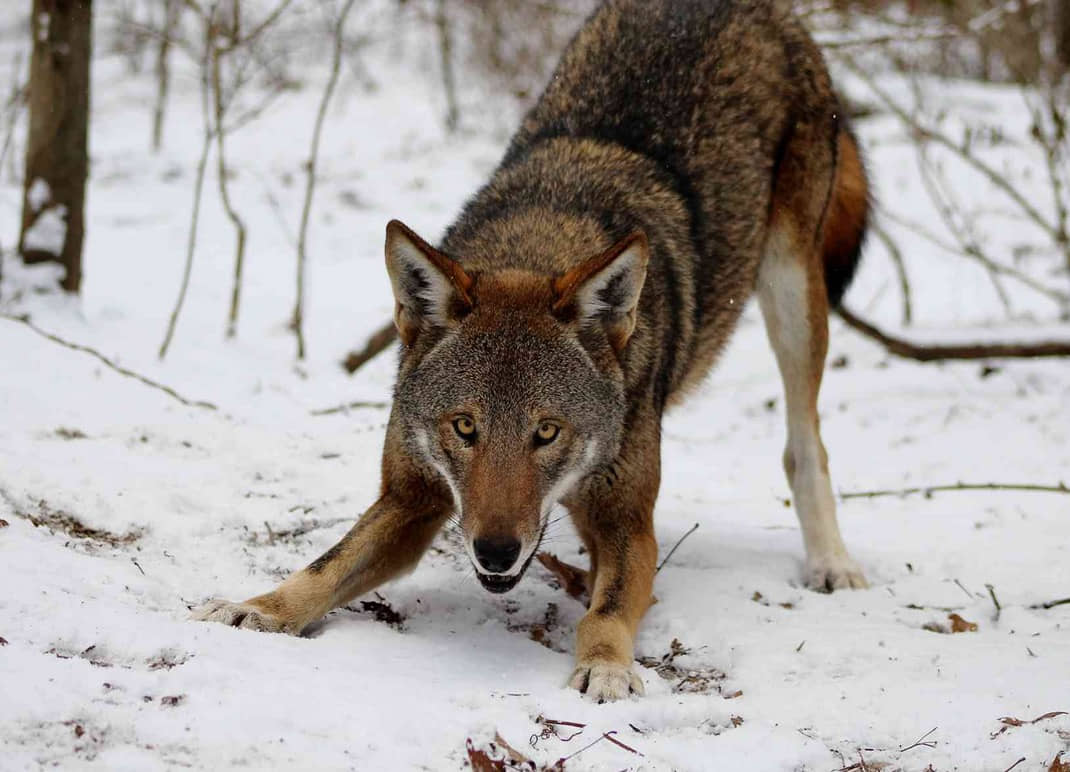
These striking canines represent the balance of nature and the importance of preserving biodiversity. Their disappearance would create an unfillable void. With dedicated conservation work, the red wolf still has hope of thriving once again.
